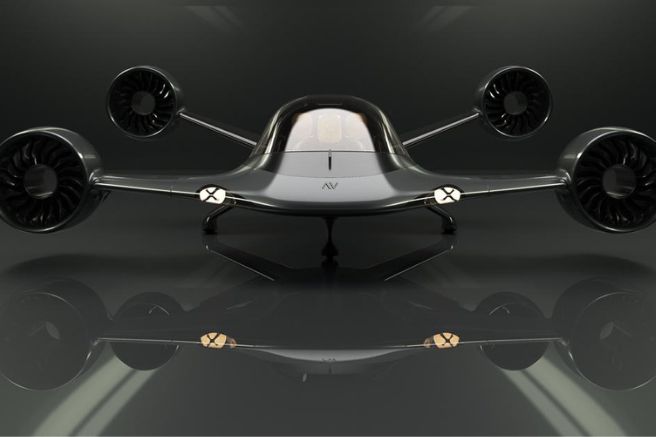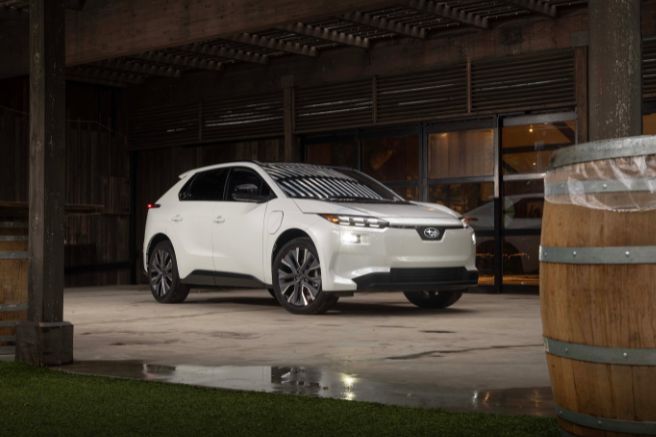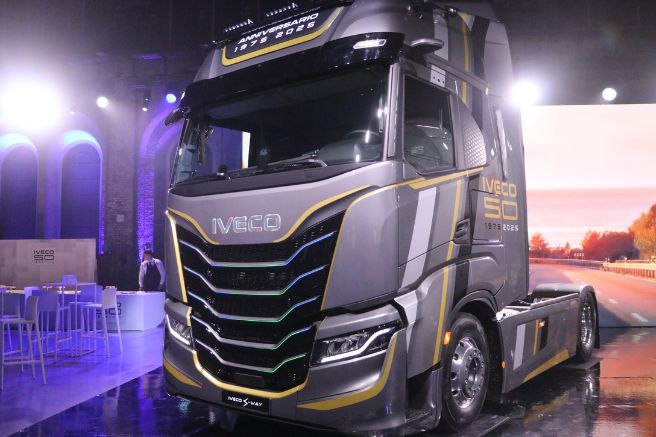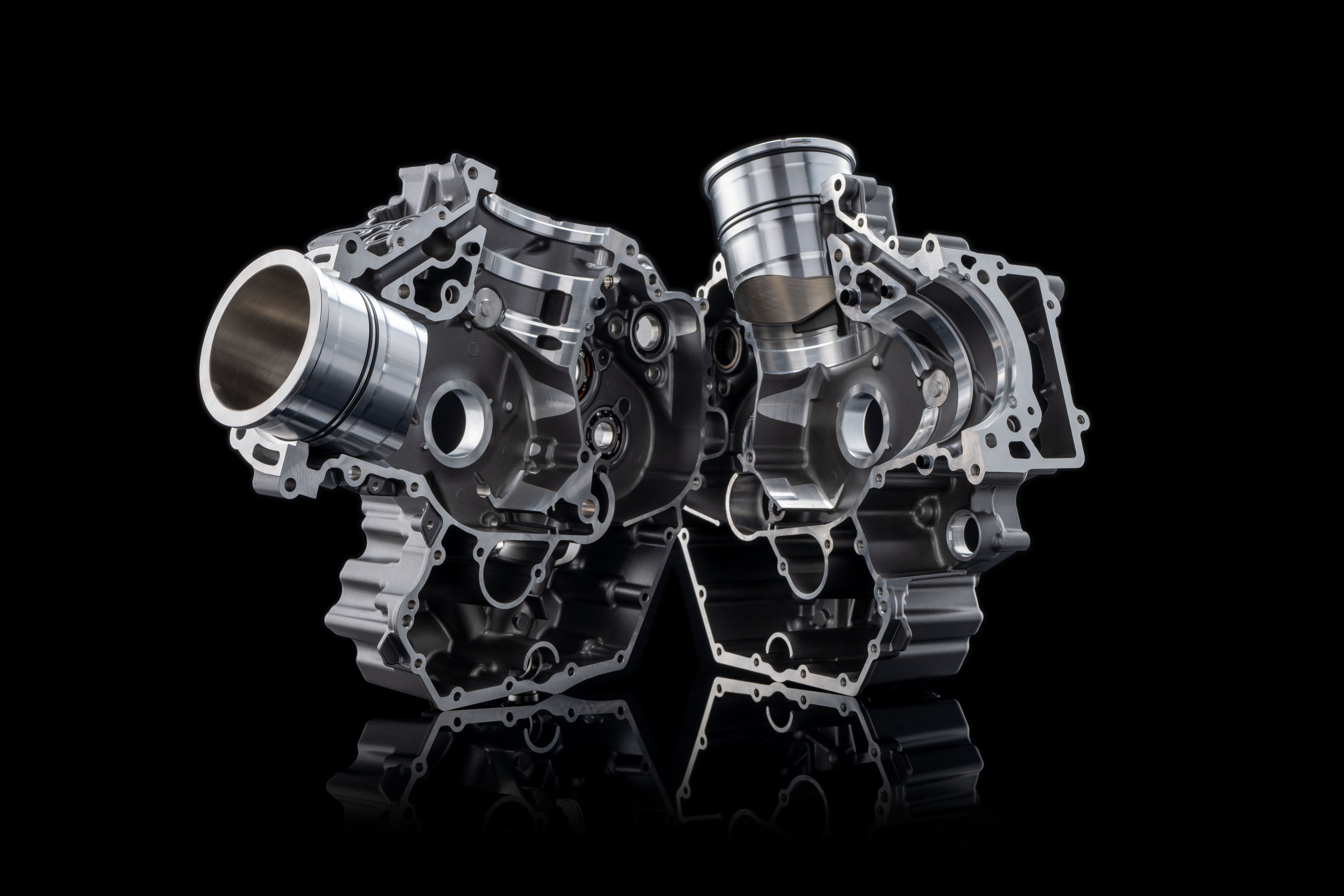
Exactly two years after it was anticipated in December 2022, when Ducati Corse CEO Claudio Domenicali announced that V-twin engines would continue to thrive at Borgo Panigale, the new “V2” made its debut at EICMA 2024. This engine is designed to power the mid-range models of the Emilia-based brand. Given the configuration’s deep connection to Ducati’s history and tradition, the brand’s engineers worked extensively to create an innovative unit, particularly from a structural and technical standpoint.
The result is a 90-degree V-twin architecture boasting unprecedented standards of lightness and compactness for Ducati. It weighs nine kilograms and 400 grams less than the “Superquadro 955” and nearly six kilograms less than the “Testastretta Evoluzione” and “Desmodue.” The backward rotation of the cylinders also contributed to these performance gains by creating a 20-degree angle between the horizontal cylinder and its plane, optimizing weight distribution. The result is a medium-displacement engine block of 890 cc, built with 96 mm bore and 61.5 mm stroke cylinders.
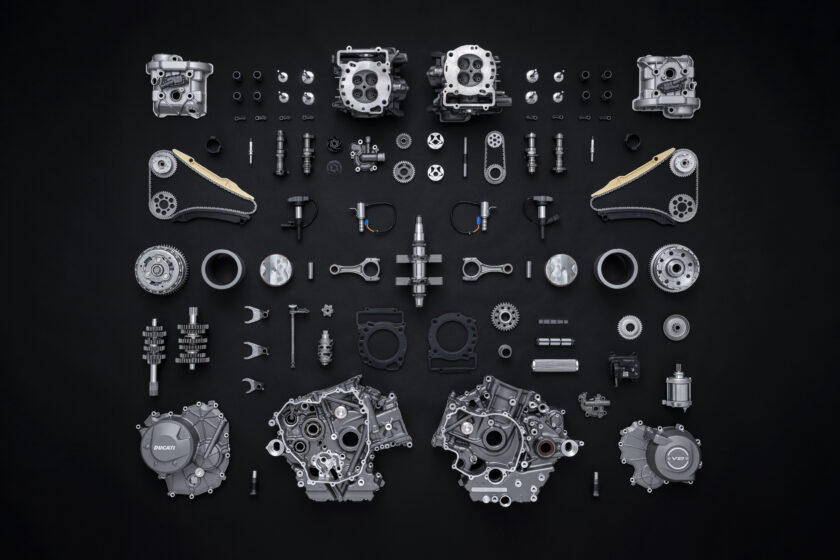
The engine offers two power settings: 115 and 120 horsepower, with corresponding maximum torque values of approximately 92 and 93 Nm at 8,250 rpm. Peak power is reached at 10,750 rpm, without any sense of loss despite forgoing Ducati’s traditional desmodromic valve system, replaced here by the “IVT” (Intake Variable Timing) system. Valve closure is handled by conventional spring returns, better suited to street-focused engines than the refined “Desmo” system developed for motorsport.
Far from disappointing technology enthusiasts, this decision introduces phase variation as an advanced feature that enhances rideability and control in motorcycles and cars alike. The IVT system operates on intake timing over a 52-degree arc, using a camshaft-end phase shifter to adjust valve overlap according to engine speed and throttle position, ensuring smoother power delivery and stronger performance at low to mid-range RPMs. As a result, 70% of maximum torque is available at just 3,000 rpm, and torque never drops below 80% between 3,500 and 11,000 rpm.
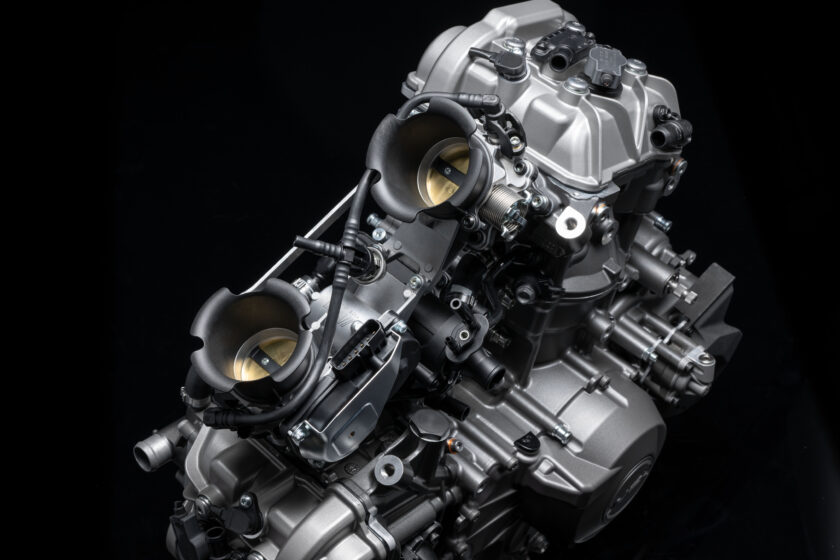
Further enhancing the thermodynamic efficiency of the new “V2” are valve finger followers coated with “Diamond-Like Carbon” (DLC) treatment, previously used by Ducati on its MotoGP Desmosedici bikes, and hollow intake valve stems, which reduce component weight by approximately 5%. The engine maintains high efficiency regardless of usage conditions, supported by a 52 mm circular throttle body featuring an under-throttle injector and a ride-by-wire system offering four delivery modes tailored to different usage scenarios.
With dedicated maps, the system can also adjust torque saturation based on the engaged gear, ensuring optimal throttle response. Additionally, a bypass circuit near the intake valves connects the airbox to the cylinder intake ducts, improving air-fuel mixing for more efficient combustion, reduced fuel consumption, and lower harmful emissions.
These solutions highlight the sophisticated design of Ducati’s new twin-cylinder engine. The die-cast crankcases are shaped to incorporate water jackets around the aluminum-reinforced cylinder liners, which are installed into the housing holes during initial assembly. This design allows the cylinder heads to be mounted directly onto the crankcases, balancing structural rigidity with compact engine dimensions. The thin-walled liners enhance thermal exchange with the coolant, while the placement of the oil-water heat exchanger between the cylinders within the V architecture eliminates the need for an oil radiator, further reducing size and enhancing the compactness of the unit.
Title: Ducati V2 twin-Cylinder: the heir to the throne
Translation with ChatGPT

